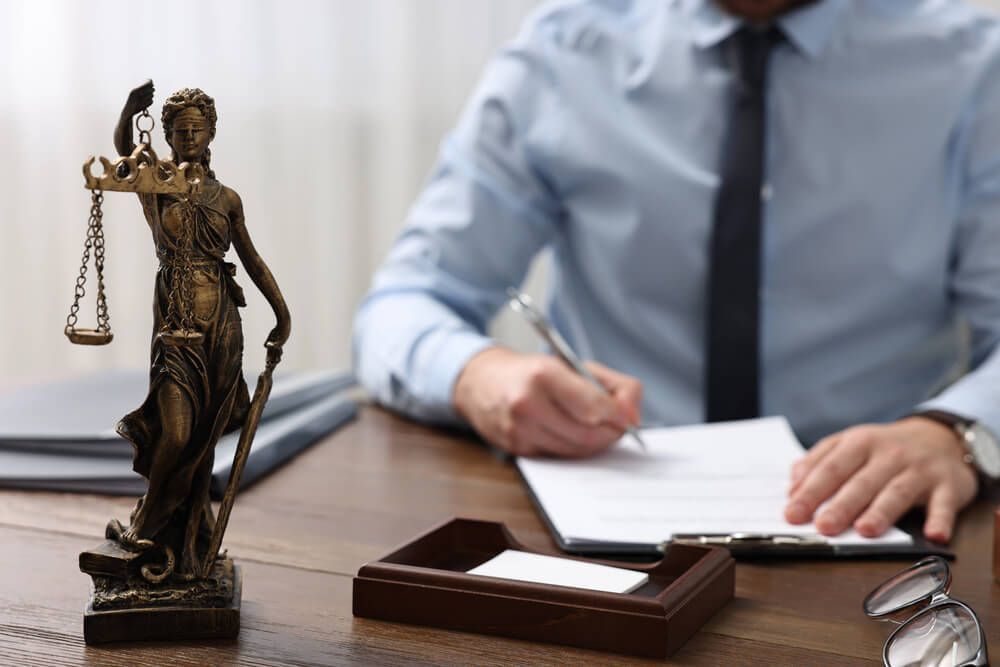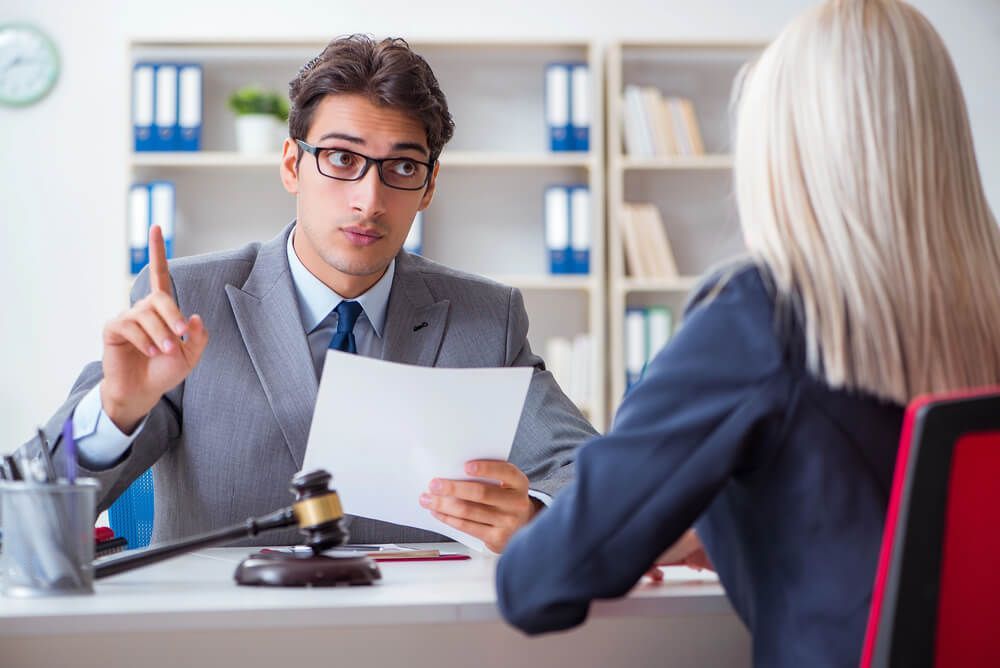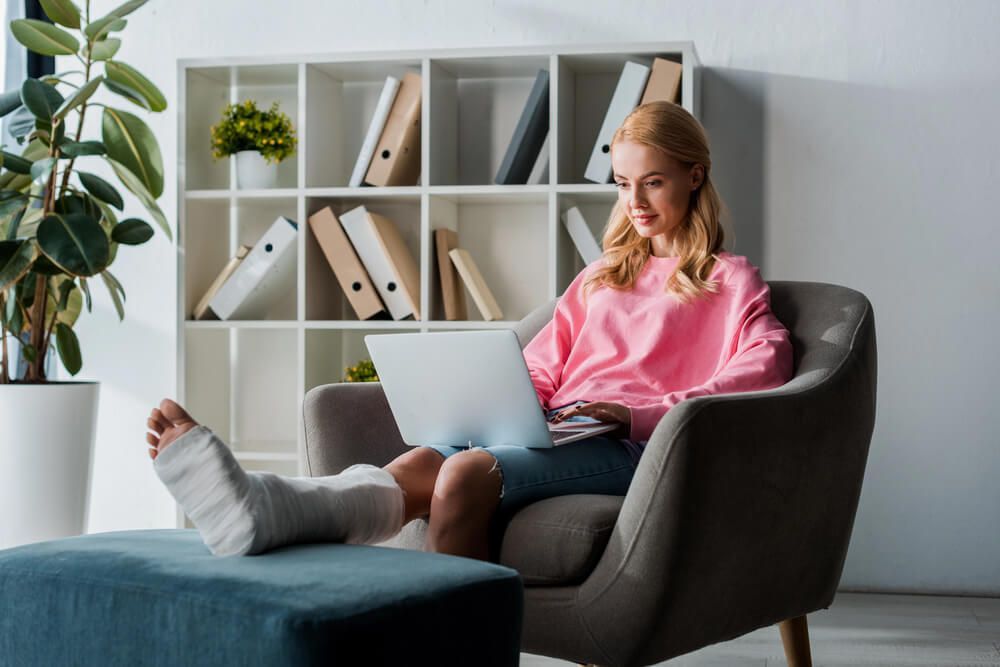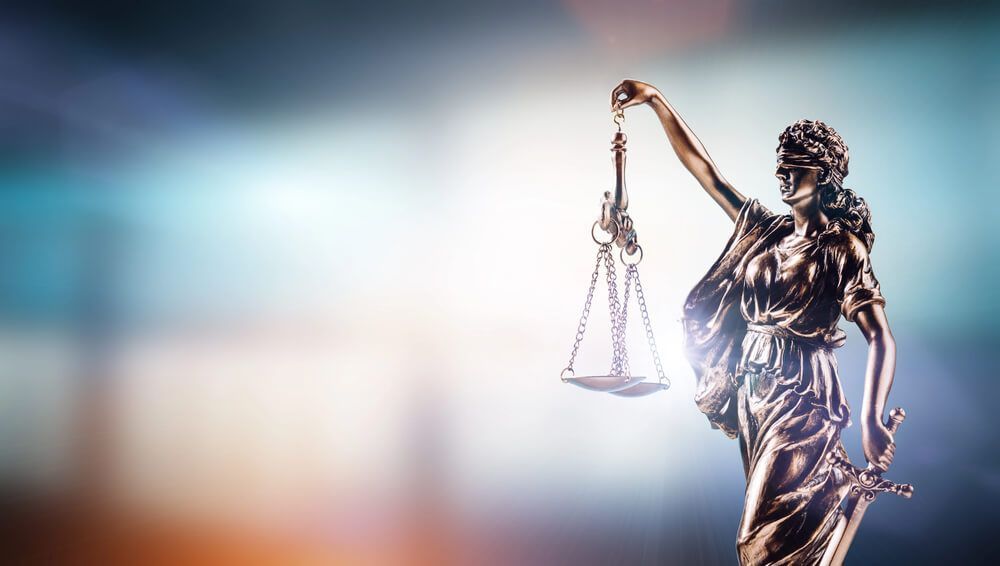How Is Liability Determined in a Car-Bike Accident?
Recent Blog Posts
How Is Liability Determined in a Car-Bike Accident?
Bicycle accidents often lead to significant injuries and even fatalities for those involved. Information from the Arizona Department of Transportation shows that there were 1,128 bicyclist injuries and 48 bicyclist fatalities during the most recent reporting year. The vast majority of bicycle accidents reported to the state DOT resulted in an injury or a fatality.
Bicycle accident victims deserve compensation if the incident was caused by the negligent actions of another party, but receiving compensation involves determining liability. Contact a Phoenix injury lawyer to learn more today.

The Evidence Gathered Helps Determine Liability
Gathering evidence is critically important for the process of determining liability after a bicycle accident occurs. Much of the evidence you used is collected soon after the incident occurs. This can include but is not limited to, photographs taken at the scene, video surveillance footage of the incident from nearby cameras, statements from any eyewitnesses or others involved in the incident, and any police reports.
Depending on the complexity of the claim, additional investigations may need to be conducted to obtain further evidence. This can include vehicle black box data, mobile device data, vehicle maintenance records, and more.
What The Evidence Does
Evidence can prove the four elements of negligence, which will apply to any bicycle accident lawsuit. These elements include:
- Duty of care. The first step is establishing whether or not the defendant (the person who allegedly caused the bike crash) owed a duty of care to the bicycle accident victim. Typically, any driver on the roadway owes a duty of care to others around them, including pedestrians and bicyclists. This duty of care involves following traffic laws and operating a vehicle in a safe way.
- Breach of duty. After establishing that a duty of care between the plaintiff and the defendant was present, the next step is showing that the defendant breached their duty to the bicyclist. Drivers in Arizona can breach their duty of care to cyclists in a variety of ways, including distracted driving, impaired driving, failing to follow traffic laws, speeding, and more.
- Causation. After showing that the defendant breached their duty of care to the bicyclist, the next step is showing that the breach of duty is what caused the injuries.
- Damages. Finally, a bicyclist must have sustained monetary losses as a result of the incident in order to have a valid claim moving forward.
All of the evidence gathered after the bicycle accident occurs works together to help adequately prove these four elements of negligence.
A Bicycle Accident Lawyer Can Help
Bicycle accident victims should not have to fight for compensation on their own. We encourage crash victims to contact a skilled bicycle accident lawyer in Phoenix who has experience handling complex personal injury claims. When an attorney gets involved in the case, they can use their resources to investigate what happened. Your lawyer will offer advice about the best steps moving forward, and they can handle all negotiations with other parties if necessary.
Your attorney will be the one to help determine liability for the incident so you can focus on recovering and getting back on your feet.





